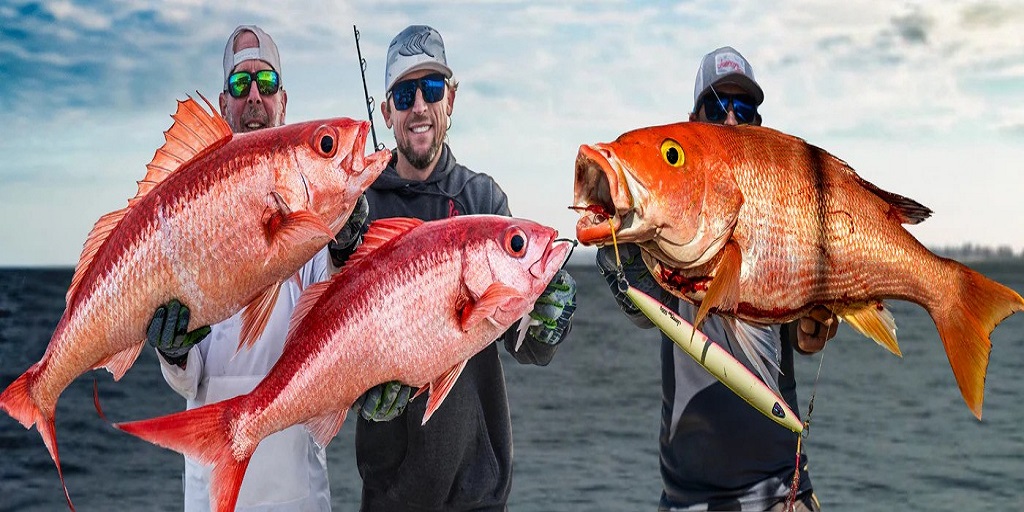There are a lot of things you can do to increase your chances of getting into fish when you’re saltwater jig fishing, just as there are things you can do to increase your hookup ratio on strikes and your land percentage.
For instance, if you’re targeting wreck dwellers like black sea bass or tog, you need to find some rocks. You’ll catch a lot more fish where there’s suitable structure than where there isn’t.
So, here are 3 helpful tips that should help you improve your presentation and maybe even catch more fish.
Select an Appropriate Jig Weight
This doesn’t matter if you’re casting, and matters a little less if you’re speed jigging, but for slow pitch jigging, take note: to produce a realistic presentation and remove unwanted slack from the line on the drop, you want to be vertical, or as near vertical as possible.
With heavy winds and current, this can be tough, especially when these things are fighting each other. The most important thing you can do is make sure you have a jig that’s heavy enough to keep your presentation effectively vertical, no matter the conditions.
As a very general rule, you need 1 gram of jig weight for each foot of depth, so if you’re jigging in 100 feet, and at the bottom, you need a 100 gram jig, and if you’re fishing in 200 feet, you need a 200 gram jig.
Also, keep in mind that jig profile will influence this. High-flutter jigs are broader and catch the current more readily, so the more flutter a jig produces, the more weight it will need to stay vertical as the depth increases.
Slow Your Roll
It should go without saying, but it’s called slow pitch jigging for a reason. This isn’t like speed jigging where you drop a diamond jig and then aggressively rip it back up to the surface.
You will often find that a more subtle presentation and much more nuanced movements attract and inflame fish to the point that you can draw a reaction strike. Often very slow, subtle twitches and jerks of the rod tip will impart those spiraling, darting movements that get fish to bite.
If you’re not getting strikes but you’re confident you’re over the fish, just try slowing down your cadence. Sometimes that produces, and sometimes spectacularly so.
Add Assist Hooks (If the Jig Doesn’t Already Have Them)
Most slow pitch jigs come pre-rigged with assist hooks that will help you connect with fish that short strike, dart at the jig without committing, or bite high up on the lure body where there would otherwise be no terminal hook.
If you have a jig without assist hooks, consider adding one or two to the main eyelet at the top of the jig. This will help increase your hookup ratio and can help prevent you from experiencing the annoyance of short strikes and lost fish.
Another tip: if you have a jig rigged with trebles and are fishing over really snaggy structure, consider swapping the treble for a single – but again, don’t forget to add assist hooks.
For All Your Saltwater Jig Fishing Essentials
Here for saltwater jig fishing tackle or jigs? Make your first stop Johnny Jigs. They are the undisputed leader in the burgeoning slow pitch jigging community, and they sell a whole bunch of other essentials too, including saltwater plugs and casting jigs in addition to slow pitch jigging rods and reels.
Visit their website and get in touch with them directly if you have any questions or need personalized recommendations for gear or tackle selection.
For more information about Electric Reel and Daiwa Saltiga Please visit: Johnny Jigs.
